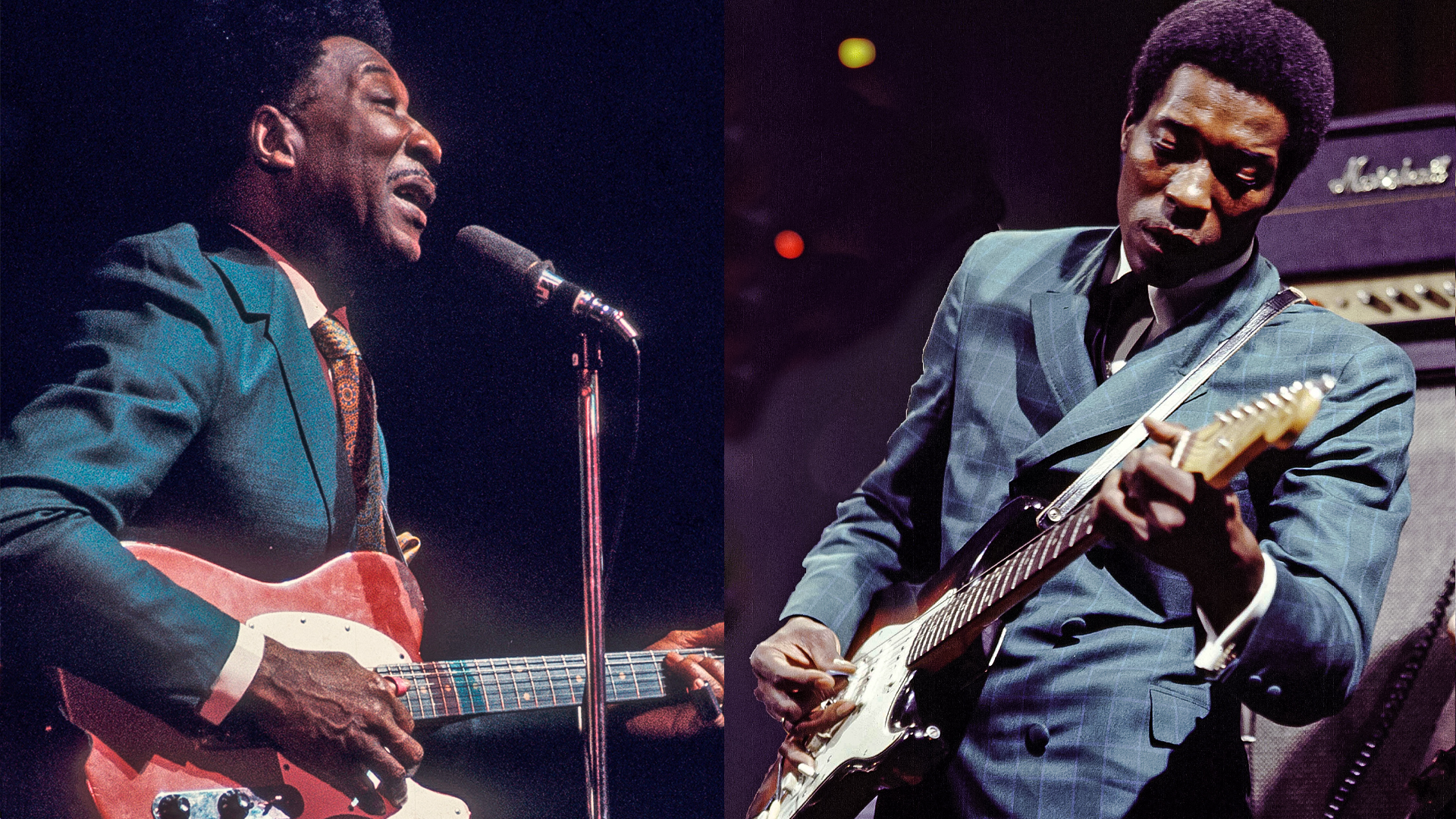“Ozzy gives me this big hug and says, ‘Bradley, I love you. Please pull me through.’” When Randy Rhoads died, Night Ranger guitarist Brad Gillis found himself hired overnight to become Ozzy Osbourne's new guitarist
Gillis was flown overnight to audition for Ozzy, only to find he was the sole contender for the job. He scored the gig after playing one song
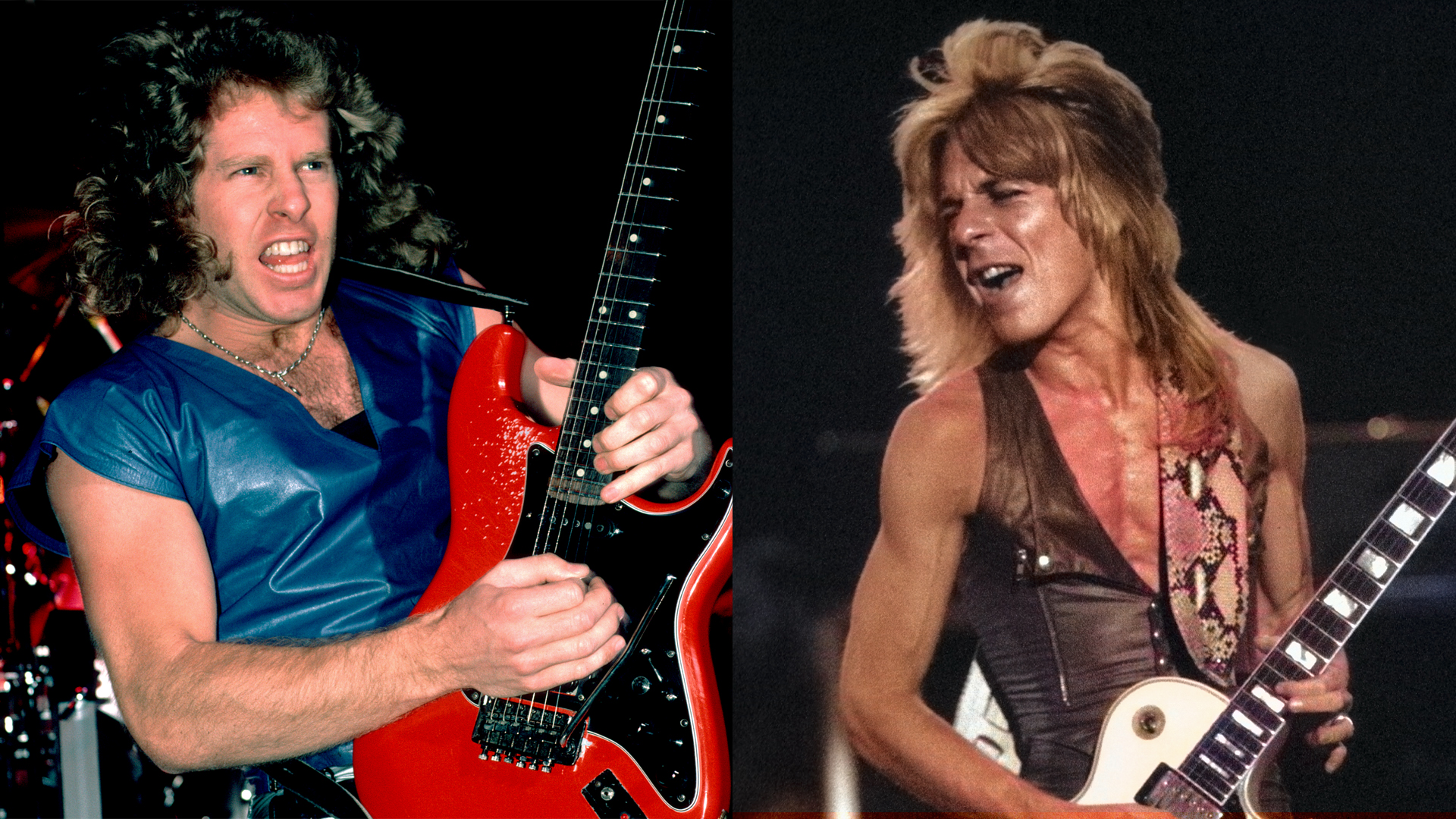
Brad Gillis leaped to the forefront of heavy metal in the spring of 1982 when he became Randy Rhoads’ first full-time replacement in Ozzy Osbourne’s band. Following Rhoads’ untimely death — and the temporary hiring of Bernie Tormé as his replacement for seven dates on the Diary of a Madman tour — Gillis stepped in wielding an aggressive style, an unusual vibrato-bar approach and a killer tone, supplying Ozzy — who died on July 22 — with much musical fire and brimstone during their six months on the road.
But as Gillis explained to Guitar Player one year later in our April 1983 issue, he wouldn’t have landed the job in the first place if it weren’t for the lack of success he was having with his band Ranger. Strictly a concert act in the San Francisco area, the group had opened shows for Eddie Money, Sammy Hagar, the Doobie Brothers and Judas Priest. But with few gigs and no immediate income, Gillis had started the Alameda AllStars, a cover band that specialized in mastering overnight any tune shouted out by the audience. On request, he learned Rhoads' solo from Osbourne's “Flying High Again.”
When Rhoads died, news of Gillis’s achievement was passed to Ozzy’s drummer, Tommy Aldridge, via mutual friends. Within a few days, Ozzy’s manager and soon-to-be wife Sharon Arden gave Gillis a call.
“‘Bradley,’ Sharon said, ‘I’d like to know if you could fly out to New York tomorrow and audition,’” Gillis recalled. “Bernie Tormé, Randy's original replacement had commitments to tour with his own band in England, so they needed somebody right away.
“I thought to myself, Man, give me a chance to think about it, much less learn the material! You don’t pass those things up, though.
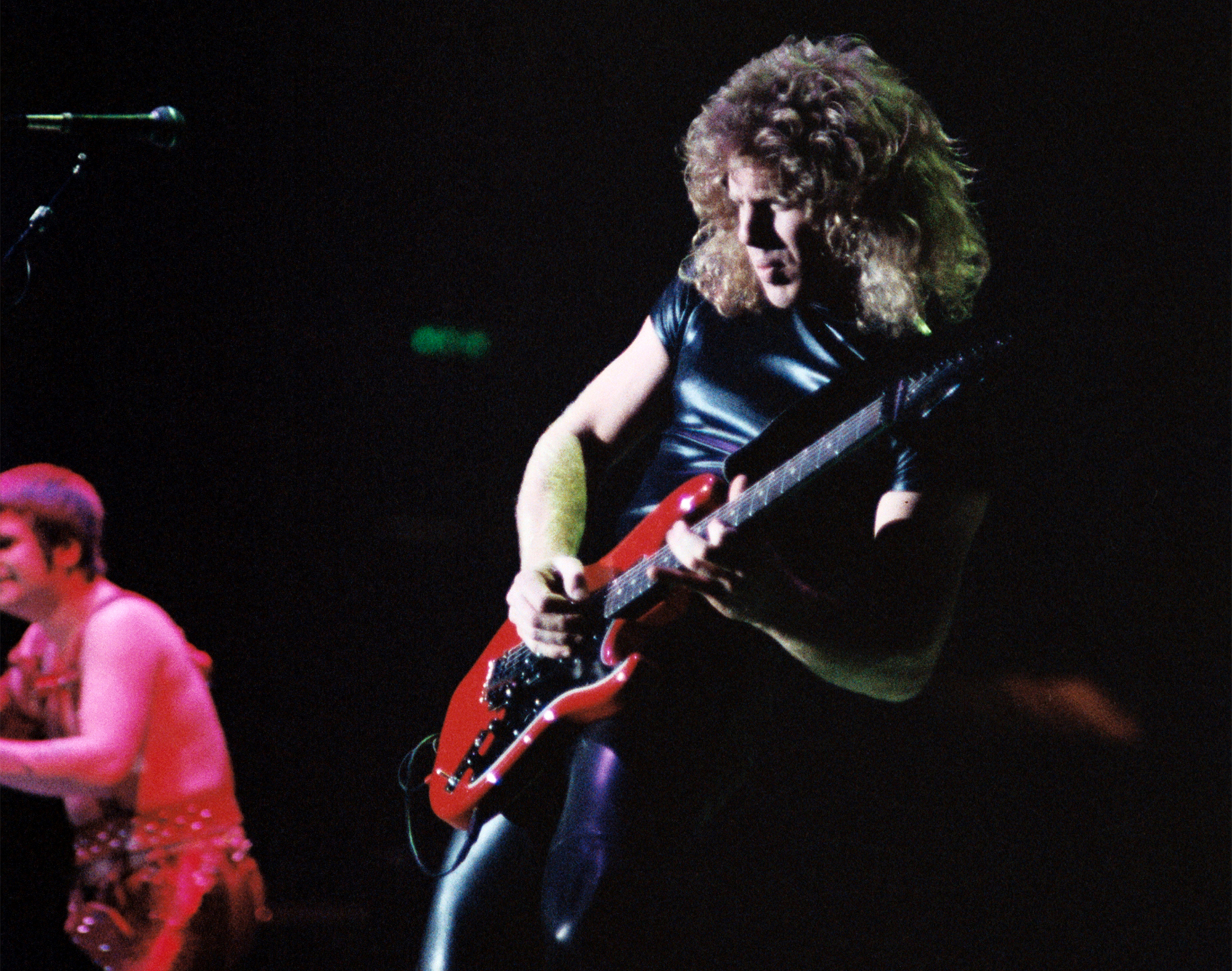
“Sure enough, I flew out there thinking there were going to be 20 other guys on the same flight as me, all meeting at the airport for this big audition.
“I got to New York on the night they played Madison Square Garden, only to find out that I was the only one there for an audition. Ozzy’s people told me to come to their hotel after the show. Here I was by myself in New York with $150 in my pocket, being limoed around by who knows who, going up to the penthouse thinking, This is it! This is where it’s at.
All the latest guitar news, interviews, lessons, reviews, deals and more, direct to your inbox!
“I opened the door and they were having a big party with all these record executives. Ozzy comes up and says, ‘Brad! How are you doing? I gotta hear you play. Go get your guitar.’”
So I brought in my electric — no amp — and I sat on the bed as Ozzy sat on the floor and sang ‘Flying High Again’ while I played it.”
— Brad Gillis
So I brought in my electric — no amp — and I sat on the bed as Ozzy sat on the floor and sang ‘Flying High Again’ while I played it.”
Gillis laughed at the memory.
“He’s singing the song, and then he says, ‘The solo, the solo! Let’s hear the solo.’ I played all the licks, and he was chanting along with me, going, ‘Yeah, yeah.’
“After five minutes he stands up; I stand up. He gives me this big hug and says, ‘Bradley. I love you. Please pull me through.’
“He was having a real hard time. It was pretty heavy. But I had the gig.”
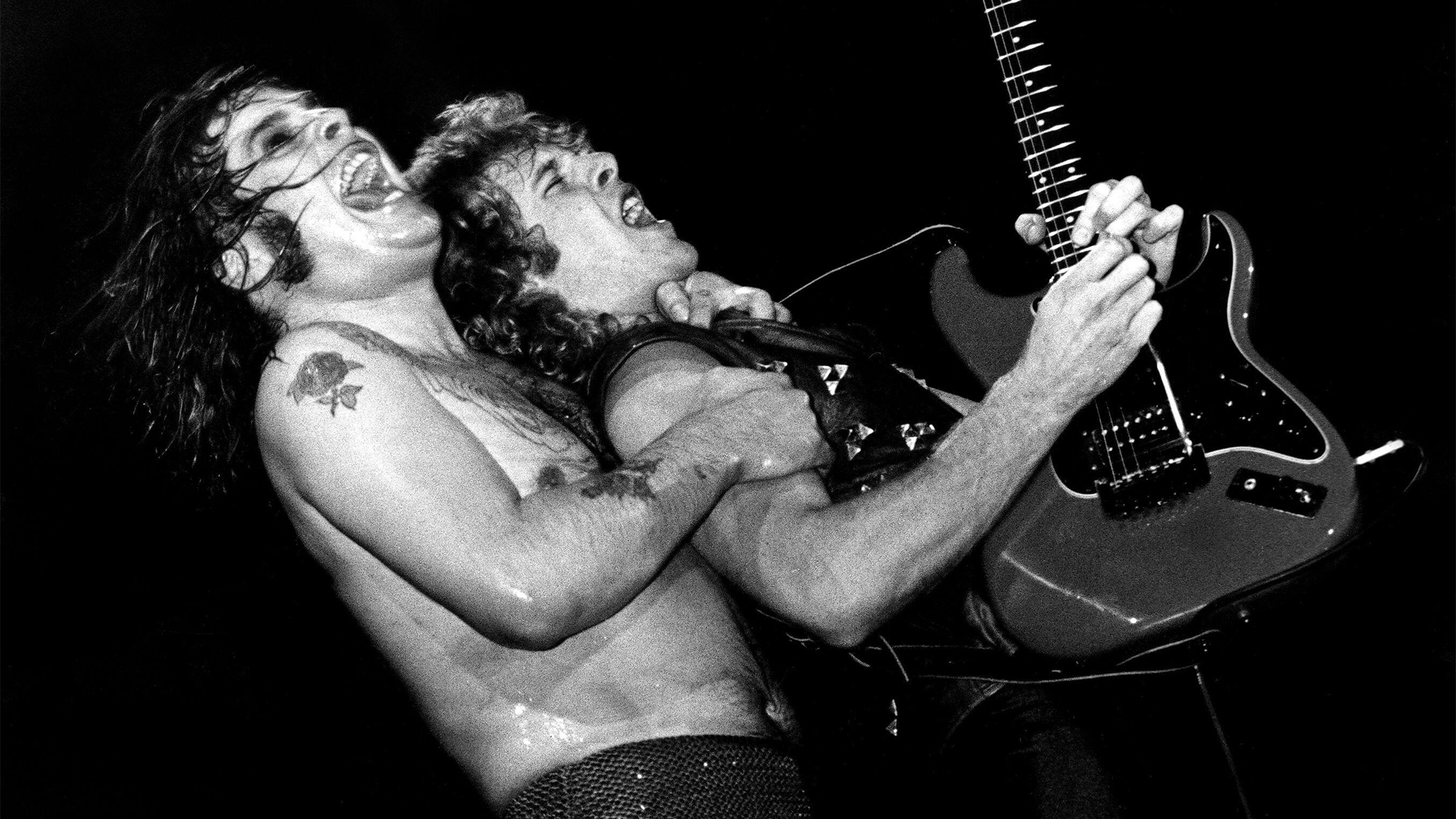
As it happened, Gillis wasn’t much of a fan of Ozzy’s first group, Black Sabbath.
“To tell you the truth, I liked the song ‘Paranoid,’ but I never was into Black Sabbath,” he said. “I had never met Randy Rhoads either, although I did see him once at the Oakland Coliseum.”
Although his initiation into the band was a whirlwind, Gillis won a few days’ reprieve courtesy of a snowstorm.
“After Ozzy hired me, a big blizzard hit New York and dropped a couple of feet of snow,” he explained. “They had to cancel some shows, so I sat in my hotel room for three days with a live tape with Randy on it and went over all the songs and segues. I pretty much just learned from that and then started traveling with the band on my fourth day. I think the fifth day on the road was my first show with the band.”
Gillis — whose primary guitar for the tour was his red 1962 Fender Stratocaster fitted with a Floyd Rose tremolo — was helped along by Tommy Aldridge and bass guitarist Rudy Sarzo.
I had never met Randy Rhoads either, although I did see him once at the Oakland Coliseum.”
— Brad Gillis
“Ozzy never told me that I had to play the songs a certain way. It was either Rudy or Tommy who said, ‘You better play it this way — better do that.’ I pretty much knew what I had to do. There were some licks or lines that I obviously had to do.
“Where there was a long solo, though, I felt like I didn’t have to play Randy’s stuff note for note. I wanted to establish my own identity in doing this trip. Plus, I had my own style, which was a little different. There were things that didn’t flow the same.
“So my basic format was to start out the way Randy would and then go off into my own type of solo. If it ended with a line or certain melody, I would always end on that. I also had my own five-minute shot to go out and do a guitar solo and get out any frustrations I couldn’t get out during the rest of the set.”
The tour ended on August 8. Roughly four weeks later, Gillis was back on a flight to New York City to record what would become Speak of the Devil, a live double-album featuring Black Sabbath tunes recorded with Ozzy’s current band. The venue chosen was the Ritz, a New York City club with a capacity of about 1,000, which was booked for September 26 and 27.
“The reason it was all old Black Sabbath material was that Ozzy had to put out an album by the end of the year, and we didn’t have time to go in and write and release an album,” Gillis explains. “So basically I had to do the same thing I did for the Ozzy Osbourne material: fly to New York, rehearse for four days and then record the 13 songs in two days.
“I was really disappointed with that album,” he says. “Rudy and Tommy were too. We were so rushed in getting that stuff together that it really didn’t come off as well as it should have. I mean, we were just starting to get tight at the soundcheck of the show, you know? I was concentrating so much on the arrangements of the tunes that when the solos came around, I had to remember at the last minute what the hell key the solo was in. I really didn’t have time to put together any solos on that thing. I felt I played pretty sloppy.
I crushed a chord and was letting it ring when Tommy walked into the room and said, ‘What in the hell did you do?’”
— Brad Gillis
“But I had a good guitar sound. When I was rehearsing for the show, playing three-piece, I noticed that I had a lot more space to fill and needed a bigger sound. So I got together with my guitar roadie, Mark Neuman, and we started plugging and unplugging effects. We went stereo to two Mesa/Boogie tops and ended up with this setup that just flanged against each bottom [cabinet] with an amazingly big, fat sound.
“I crushed a chord and was letting it ring when Tommy walked into the room and said, ‘What in the hell did you do? Mark, don’t touch a thing. Don’t be touching a knob now.’”
As Gillis explained to Guitar World in 2021, they used a 10-millisecond delay between the signals going to each amp to create the chorusing effect.
“Everyone was excited with the sound I got. Ozzy came in a couple of hours later and was blown away. So I decided to run stereo during the show using two microphones.”
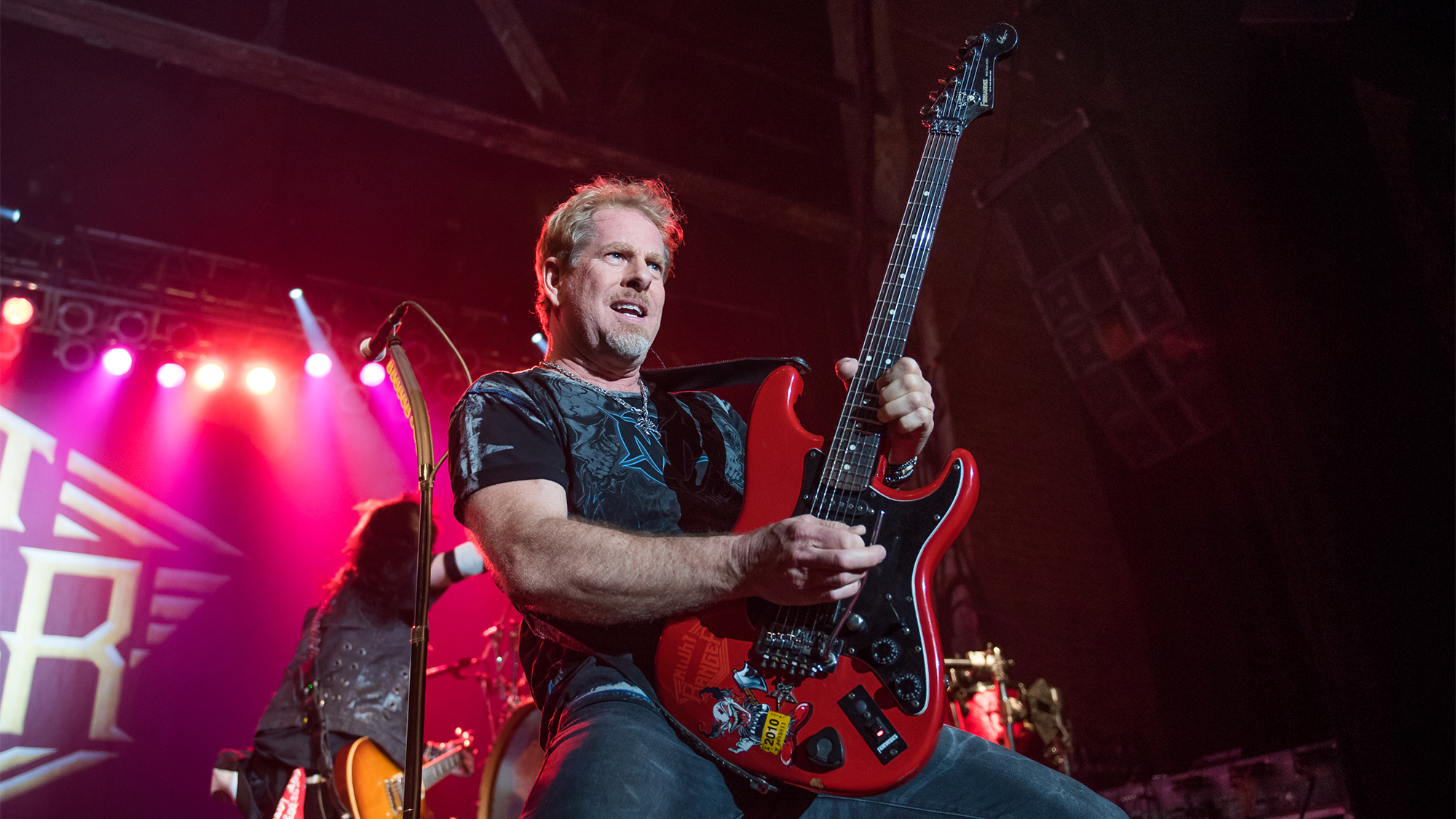
Gillis had been hired as a tour guitarist, but Ozzy hadn’t said whether he would become a permanent member of the group for future records. Fortunately, the guitarist had kept his options open with his former group. Prior to touring with Ozzy, Gillis and Ranger had recorded an album. Suddenly they had a label, as well as a new name — Night Ranger, which they chose after another group had claimed Ranger.
Coincidentally, as Speak of the Devil climbed up the charts toward the top 10 in November 1982, Night Ranger’s debut album, Dawn Patrol, was released by Boardwalk Records.
Although Gillis continued on with Ozzy for the first few dates of the Speak of the Devil tour starting in December, he left at the end of the month and was replaced by Jake E. Lee, who would remain with Osbourne for the next five years.
“Ozzy asked me too late to be in his band permanently,” Gillis said. “A week before I signed Night Ranger’s contract, I asked Sharon, ‘What’s the plan? Does Ozzy want to keep me?’ Sharon said that Ozzy didn’t know who he wanted to keep in the band, so I committed myself to Night Ranger.”
I asked Sharon, ‘What’s the plan? Does Ozzy want to keep me?’ Sharon said that Ozzy didn’t know who he wanted to keep in the band.”
— Brad Gillis
At the time of his Guitar Player interview, Gillis said he was open to working with Ozzy in the future. “I’m pretty much done playing with Ozzy, although he asked me to do a second album with him,” he said. “If I have the time I will, but if he’s got a new guitar player happening, it’s only right to let that guy do it.”
Gillis never did make another album with Ozzy. Night Ranger had success out of the gate with "Don't Tell Me You Love Me.” Their second album, 1983’s Midnight Madness, moved the band to headliner status with hits like “(You Can Still) Rock in America,” “When You Close Your Eyes” and “Sister Christian.”
“I just want to play hot rock,” Gillis said. “Whether it has melody or if it's heavy three-chord metal doesn't matter: I just want to play my ass off.”
Jas Obrecht was a staff editor for Guitar Player, 1978-1998. The author of several books, he runs the Talking Guitar YouTube channel and online magazine at jasobrecht.substack.com.

